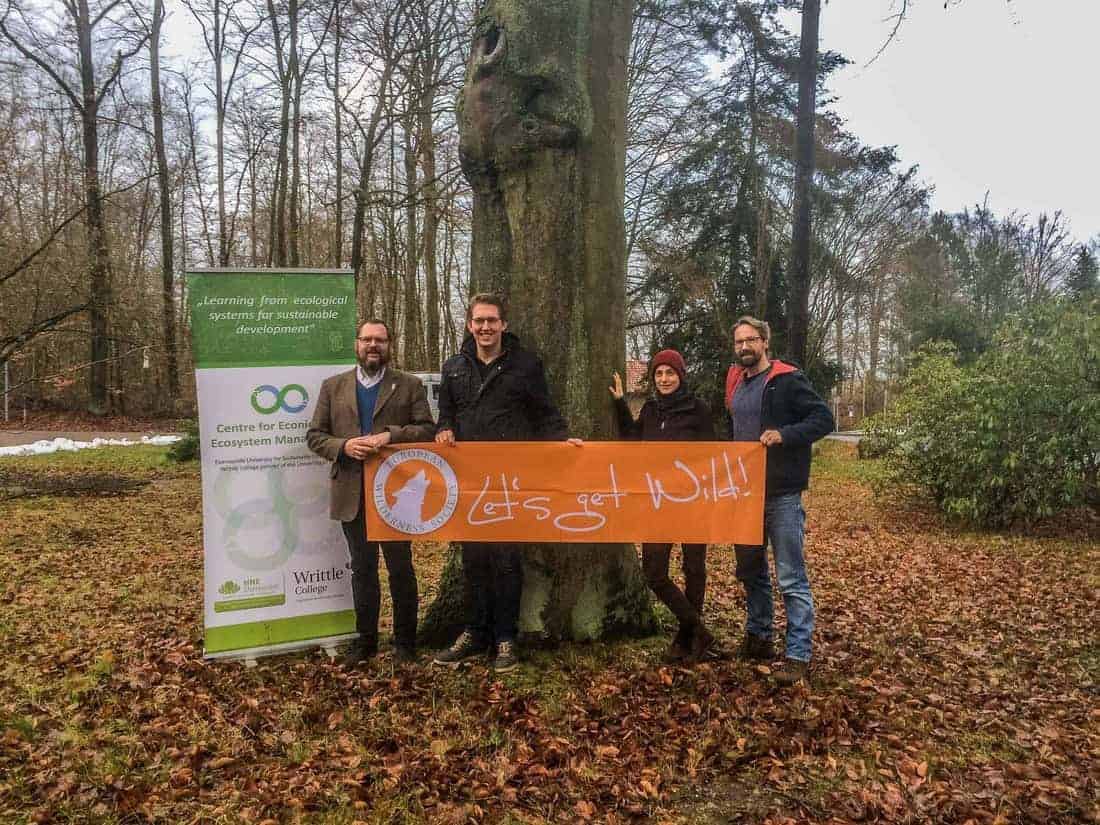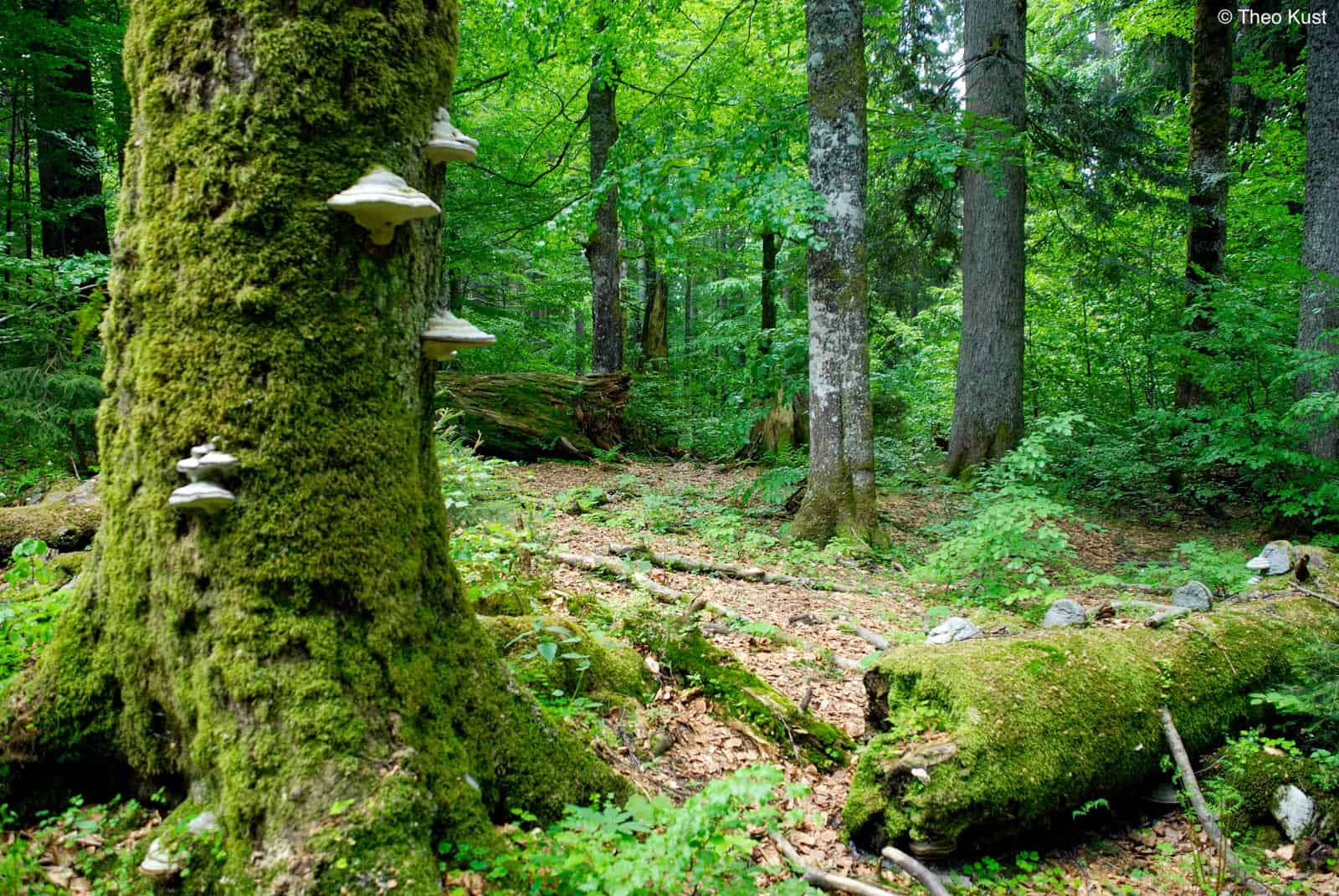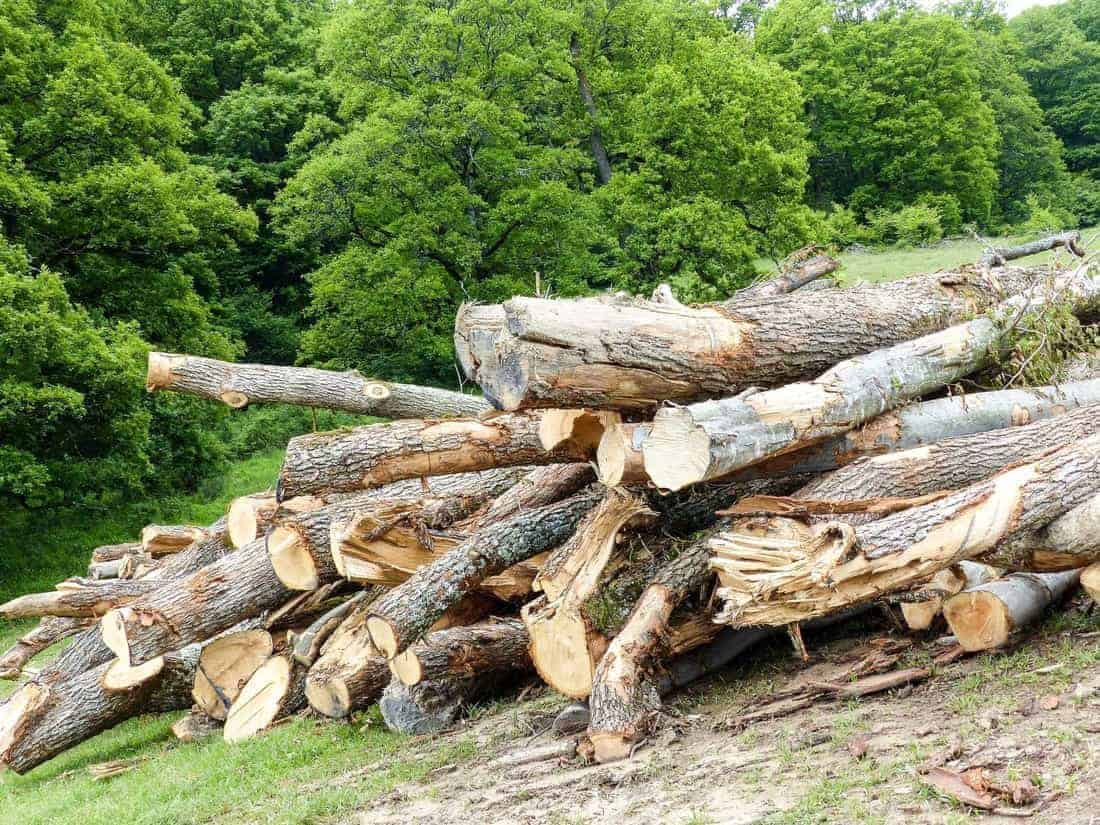New natural forests for Germany
In central Germany, within the province of Hesse, a new natural forest will start to develop. Within the designated size of 6 400 hectares, there will be no forestry, solely natural development. Especially this is a great development what could lead potentially to new Wilderness in Germany.
Please also read: Germany can reach 2% Wilderness
Nature conservation coalition
The Minister for the Environment, Priska Hinz, presented the decision to release 6 400 hectares from forestry pressures. The forest will be left to natural development to create and provide habitats for a variety of forest plant and animal species. A coalition of locally active nature conservation organisation welcomes the decision. The coalition consists of BUND Hessen, Hessian Society for Ornithology and Nature Conservation, NABU Hessen and Zoological Society Frankfurt.
Special emphasis within the designated area goes towards the Reinhardswald, Vogelsberg, Grüner Band and Kammerforst. As a result, connecting and protecting these specific regions from future logging and human disturbance will contribute to the protection of important natural habitats in Germany.
A home to many
Back in 2018, a coalition of nature conservation organisations presented 25 forests that deserved special protection. Now, eight of the 25 forests are within the 6 400 hectares, that fall under the decision of the Environmental Minister. As a result, Hesse becomes an even better example for other regions in Germany, regarding the protection of natural forests. Old trees provide a home for many species. Especially birds find a place to build a nest in the branches, or make a hole in the tree like the woodpeckers.





The Biodiversity Strategy of Hessen aims to abandon forestry in 5% of its forest area. With the 6 400 hectares to be added, the percentage now reaches 3.8%. Another 9 600 hectares is still missing, which could come from the remaining forests that the coalition proposed last year.
Natural forest without humans?
The idea of natural forests is not to ban all humans from the area. The most important element is to avoid human intervention in the natural ongoing processes. People can still visit the forest, and enjoy the breathtaking experience. The difference is that old trees are not cut down, but left standing. Only when the time is right, an old tree will die and fall over, providing a new home for many deadwood dependent species.










Dear Denis Frost,
Fortunately there are an estimated 74 wolf packs in Germany that made it there totally on their own. There was no active human intervention needed to help the wolf. There are also wild bison roaming around in Germany, at least still this year. Aurochs (or at least relatives that have similar phenotypic traits) are subject of re-introduction projects indeed. Whether they are needed to be re-introduced for a healthy forest is up for debate. In general we can say that natural developments should have the least active human intervention.
Do you not also need to re-introduce aurochs and wolves?